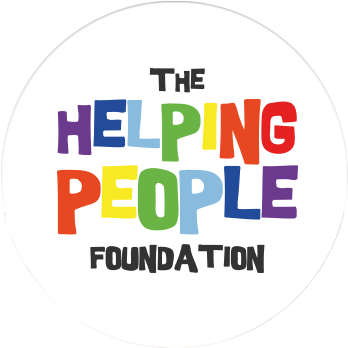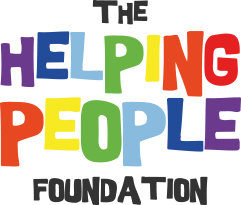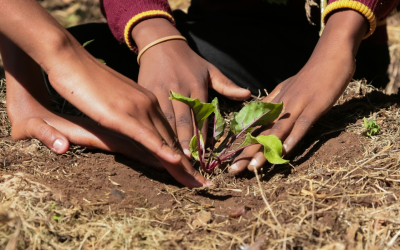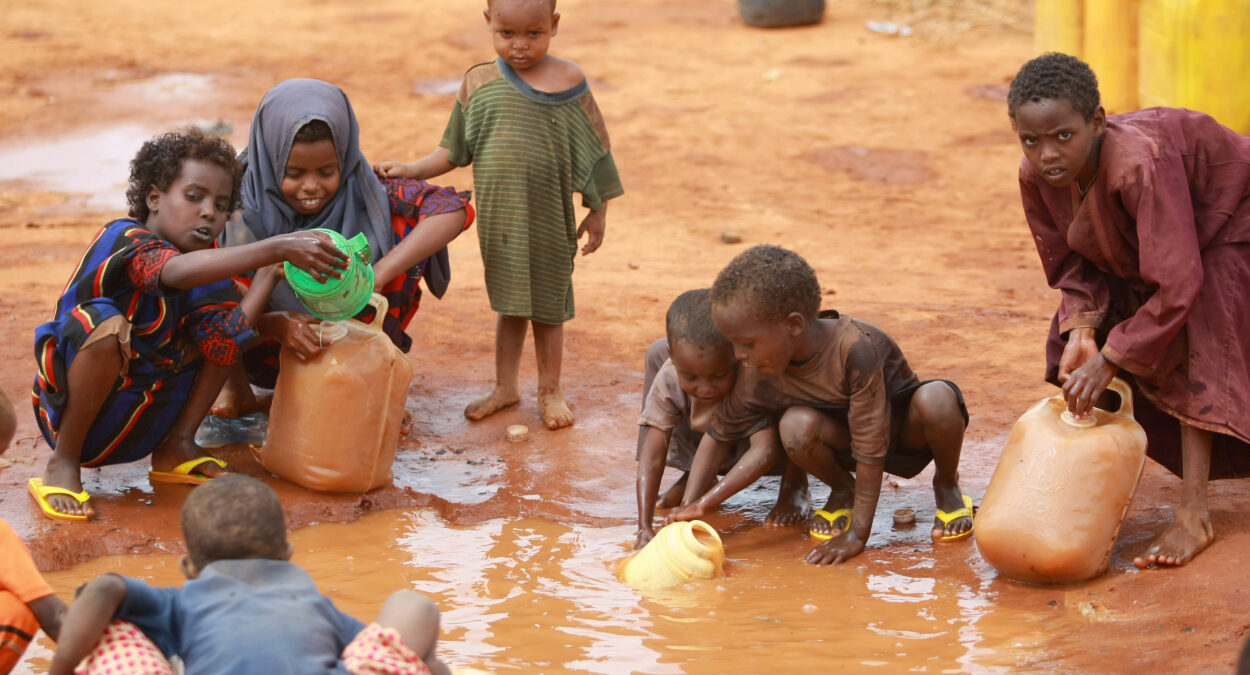CURRENT LIVING CONDITIONS IN UGANDA
SCHOOL
Despite compulsory education in Uganda, many children and youngsters are denied this opportunity. In rural areas, the nearest school is hours away on foot. There has been compulsory education since 1997, which entitles every resident to 7 years of education, exempt from school fees. The problem, however, is that most schools are not able to provide a solid education. The reason for this is that a large proportion of teachers are not adequately trained and are also poorly or irregularly paid. Due to the lack of money, there are often no resources for the students. Primary school is 7 years, middle school 4 years and high school 2 years. Fundamental problems of the school system are, on the one hand, very high numbers of students of 80-120 students per class per grade, as well as the often poor condition of the school buildings. Only about 62% of children complete primary school.
MEDICINE
Health is an established human right, but as in many other African countries, medical care in Uganda is very poor. Due to a lack of skilled workers and state-run services, healthcare is in no way adequate. Often, required medicines are not available and patients have to travel a very long way. This results in diseases, epidemics and many deaths. The main causes of death in Uganda are HIV/AIDS, tuberculosis, malaria, respiratory and diarrhoeal diseases. There are not enough hospital wards or there is not enough capacity for the number of patients. Uganda's health system is structured like a pyramid and is divided into different levels according to the severity of the disease. Treatable diseases become life-threatening due to the lack of medicines and limited access to surgery.
Water
Due to the sharp population growth, the water and sewage system in Uganda has been very heavily burdened. About 7 million Ugandans have no access to clean water. A quarter of Uganda's population gets its drinking water from unsafe water sources. In 2012, a total of 10% of Uganda's population obtained their drinking water from surface water, i.e. from rivers, lakes or ponds. The Karamoja and Yube regions are severely affected by poverty and inaccessible water supplies. In the sanitation sector, the figure is also worrying, with just one third of the population having access to improved sanitation facilities. For disadvantaged population groups, the health consequences of inadequate water security are particularly devastating, making children in particular the ones to suffer. Overall, despite the large water resources in Uganda, water access is not satisfactory.
nutrition

Geography
The Republic of Uganda is located in East Africa and borders the Democratic Republic of Congo to the west, Sudan to the north, Kenya to the east and Rwanda and Tanzania to the south. With an area of about 68,800 km², Lake Victoria is the largest lake in Africa. Uganda is a landlocked country located in the East African highlands, with altitudes ranging from around 1,000 to 1,500 metres. Twenty percent of the country's area, which corresponds to about 44,000 km², is occupied by inland waters in the form of large lakes. Lake Kyoga is in the centre and Lake Victoria in the south of the country. In addition, parts of Lake Albert and Lake Edward lie in Uganda. The Victoria Nile is Uganda's most important river, rising from Lake Victoria near Jinja. It connects Lake Albert, Lake Kyoga and Lake Victoria.
In the southwest of Uganda lie the Virunga volcanoes, which are still active. The country has a rather tropical-warm climate, which is, however, moderated by the high altitudes. It therefore cools down considerably in the evening and at night. During the day, temperatures fluctuate between 25 and 30°C, at night it is usually around 15°C. The months of June to September and December to February are the driest. Heavy rainfall should be expected between March and May, but increased rainfall is also more frequent in October and November.
WHAT THREATENS THE PEOPLE OF UGANDA?

History
In 1962, Uganda gained independence due to a compromise between Milton Oboe's party, which dominated northern Uganda, and Buganda's monarchist party. On 9th October, Uganda formed a republic and the office of Governor General was abolished and replaced by the representative President. King Mutesa II of Buganda became the first President and Milton Oboe became the first Prime Minister of the new state of Uganda.
As early as 1966, Oboe ousted the President and introduced a one-party system and “African socialism” through a bloody massacre. In 1971, General Idi Amin Dada used the population's dwindling support for Oboe to stage a military coup. Conditions under his dictatorship became even worse. He held on to power until 1979 through terror and mass murder.
In 1978, a violation into Tanzania triggered a counterattack involving rebel units of Uganda. In 1980, elections brought Milton Oboe back to power. He had political opponents murdered, persecuted ethnic groups and ruled with terror and torture. Museveni waged a guerrilla war with his National Resistance Army (NRA) that brought him to power in 1986. Through him, the monarchy was re-established in Buganda, which however has more of a symbolic character.
In 1994, a constituent assembly was elected, but the registration of political parties was also restricted. Ugandans voted in favour of the introduction of a multi-party system in a referendum in 2005. In the same year, the Parliament decided to lift the presidential term limit. In February 2006, the first parliamentary and presidential elections since 1980 were held. President Museveni was elected for another 5 years in office.
On 18th February 2011, new elections were held. The opposition parties entered seven presidential candidates in the race. The election result confirmed incumbent Museveni in office with a two-thirds majority. The overall turnout was 59%. The last elections were held in February 2016, in which Museveni won the election with 60.75%.

Economics
The East African country of Uganda is considered one of the most stable states on the continent. After the collapse in the 1970s and 1980s, the economy was able to recover and generate growth rates. Reasons for economic success are, for example, the regular rainfall, fertile soils and rich mineral resources.
Uganda is an agricultural country and about 80% of the population lives from agriculture. 31.5% of the country's land is used as arable land, with maize, millet, plantains, cassava and pulses predominantly grown for the domestic market. Pasture land accounts for 25% and forest for 29.6% of the land area. The cultivation of tea, coffee, cotton and tobacco accounts for 80% of export earnings. Inland fishing is also of great importance for the domestic market, as well as for exports. Forestry focuses on felling tropical woods, predominantly mahogany.
The industrial sector, on the other hand, is very weakly developed. Only small amounts of gold and copper ore are mined. Uganda's main industries are tobacco processing, food, wood, textile, building material and metal production. Kenya, Germany and Great Britain are the main trading partners.
Sources:
biovision. Uganda; URL: https://www.biovision.ch/projekte/uganda/ (last accessed 03.02.2022)
giz. Deutsche Gesellschaft fuer Internationale Zusammenarbeit (GIZ) GmbH – Uganda; URL: https://www.giz.de/de/weltweit/…(last accessed 03.02.2022)
statista. Uganda: Total population from 1980 to 2016 and projections to 2026 (in millions of inhabitants); URL: https://de.statista.com/statistik/daten/… (as at: 21.01.2022)




